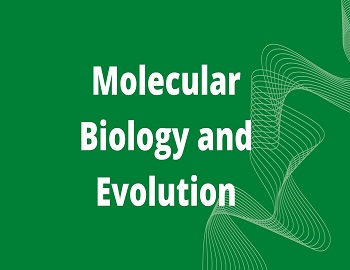Molecular Biology and Evolution:
Molecular biology has provided evolutionists with some wonderful tools for studying relationships between different groups of living organisms and understanding the mechanism of evolution. Molecular biology has provided data on proteins and DNA from fossils and has helped in understanding the genetic similarities and variabilities that existed within the members of a species, between species, between genera and so on. Some of the contributions of molecular biology to the understanding of evolutionary mechanisms are as follows-
(1) Origin of First Cell- Molecular data has enabled evolutionary biologists to contemplate and analyze the events that occurred in the past billions of years ago leading to the formation of the first cells.
(2) Development of Complex Proteins- The discovery of split genes has helped in visualizing the possible mechanism for the development of complex proteins.
(3) Origin of Eukaryotic Cells- Comparison of nucleic acids and proteins found in different cell compartments supported the hypothesis of symbiotic origin of the first eukaryotic cells about 3.2 billion years ago. According to evolutionists, the eukaryotic cells evolved due to the fusion of different types of acellular prokaryotes and their symbiotic coexistence in the form of mitochondria, chloroplasts or nucleus.
(4) Estimation of Genetic Distance- Collection of vast quantities of molecular data of nucleic acid (DNA) and proteins from vast groups of living forms have made it possible to make a quantitative estimate of genetic distance or degree of similarity between different species.
(5) Molecular Clock- Knowing that molecular variations or gene mutations are often neutral, it is possible to deduce from a genetic distance, a “divergence time” for various species. This is called a molecular clock. This has helped in estimating the time of divergence of two closely related species, the rate of evolution of a character in a group of species or the rate of evolution of a species or taxon.
(6) Cladism- Molecular data has helped in tracing the new relationships between different animal groups or different plant groups. This has led to the establishment of new branches of the phylogenetic tree. This new method of classifying organisms on the basis of similarity in the molecular structure of DNA is called cladism.
(7) Relationship between Man, Apes and Monkeys- Molecular evolution of haemoglobin of man, apes and monkeys, the study of their DNA and their mitochondrial DNA has established relationship between them and also the time of diversification of these groups.
(8) Japanese scientist, Motoo Kimura, has proposed a “neutral model” of molecular evolution. This model minimized the role of selection in molecular evolution. This emphasizes that evolution occurs due to mutation in the molecular organization of hereditary material of living organisms.









Comments (No)